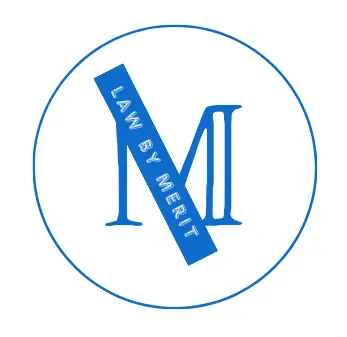The Retirement Saving Contributions Credit, also known as the saver’s credit, is a tax credit designed to encourage low- to moderate-income individuals and families to save for retirement. It is a federal tax credit available in the United States that can help eligible taxpayers reduce their tax liability by a certain percentage of their contributions to retirement savings accounts.
The purpose of the Retirement Saving Contributions Credit is to incentivize individuals with lower incomes to start saving for retirement and build long-term financial security. By offering a tax credit, the government aims to make retirement savings more accessible and affordable for those who might otherwise struggle to set aside money for the future.
The saver’s credit is available to individuals who contribute to eligible retirement savings plans, such as traditional and Roth IRAs, 401(k) plans, and certain other retirement accounts. To be eligible for the credit, individuals must meet certain income and filing status requirements, which are adjusted annually. The credit is specifically designed to benefit lower-income individuals and families, with higher credit rates for those with lower incomes.
The Retirement Saving Contributions Credit is calculated based on a percentage of the individual’s eligible contributions to their retirement savings accounts, subject to certain limits. The credit can range from 10% to 50% of the contributed amount, up to a maximum credit amount set by the IRS each year. The maximum credit amount is typically $1,000 for individuals and $2,000 for married couples filing jointly.
It is important to note that the saver’s credit is a non-refundable tax credit, meaning it can reduce the individual’s tax liability but cannot result in a refund beyond the amount of taxes owed. However, any unused credit can be carried forward to future years.
To claim the Retirement Saving Contributions Credit, eligible individuals must file their tax returns using Form 8880, Credit for Qualified Retirement Savings Contributions. This form allows taxpayers to calculate the credit and report their eligible retirement contributions.
In conclusion, the Retirement Saving Contributions Credit, or saver’s credit, is a valuable tax incentive that encourages individuals with lower incomes to save for retirement. By reducing the tax liability for eligible taxpayers, the credit aims to make retirement savings more accessible and foster long-term financial stability for those who need it most.
Requirements To Be Eligible For Retirement Saving Contributions Credit
To be eligible for the Retirement Saving Contributions Credit, also known as the saver’s credit, individuals must meet certain requirements. The credit is designed to encourage low- to moderate-income individuals and families to save for retirement and build long-term financial security. Here are the key eligibility criteria for the saver’s credit:
1. Income Limits: The saver’s credit has income limits that determine eligibility. The limits are adjusted annually by the IRS. For the 2023 tax year, the income limits are as follows:
– Single individuals: The adjusted gross income (AGI) must be below $33,500 to qualify for the credit.
– Heads of household: The AGI must be below $50,250.
– Married couples filing jointly: The AGI must be below $67,000.
2. Age Requirement: There is an age requirement of 18years to be eligible for the saver’s credit. Both young and older individuals can take advantage of this credit if they meet the income and other eligibility criteria.
3. Filing Status: The saver’s credit is available to individuals who file as single, married filing jointly, head of household, or qualifying widow(er) with a dependent child.
4. Retirement Contributions: To be eligible for the credit, individuals must make eligible contributions to a qualified retirement savings account. These accounts include traditional and Roth IRAs, 401(k) plans, 403(b) plans, and certain other retirement savings plans. The contributions must be made voluntarily and not through employer-mandated deductions.
5. Credit Calculation: The saver’s credit is calculated based on a percentage of the individual’s eligible retirement contributions. The credit rates range from 10% to 50% of the contributed amount, depending on the individual’s income level. The maximum credit amount is typically $1,000 for individuals and $2,000 for married couples filing jointly.
It’s worth noting that the saver’s credit is a non-refundable tax credit, which means it can reduce the individual’s tax liability but cannot result in a refund beyond the amount of taxes owed. Any unused credit can be carried forward to future years.
RELATED:
Adoption Tax Credit: What It is, Qualification, Application, and How To Maximize
How Does Employee Retention Credit Affect Tax Return?
Last updated on: April 27, 2024



